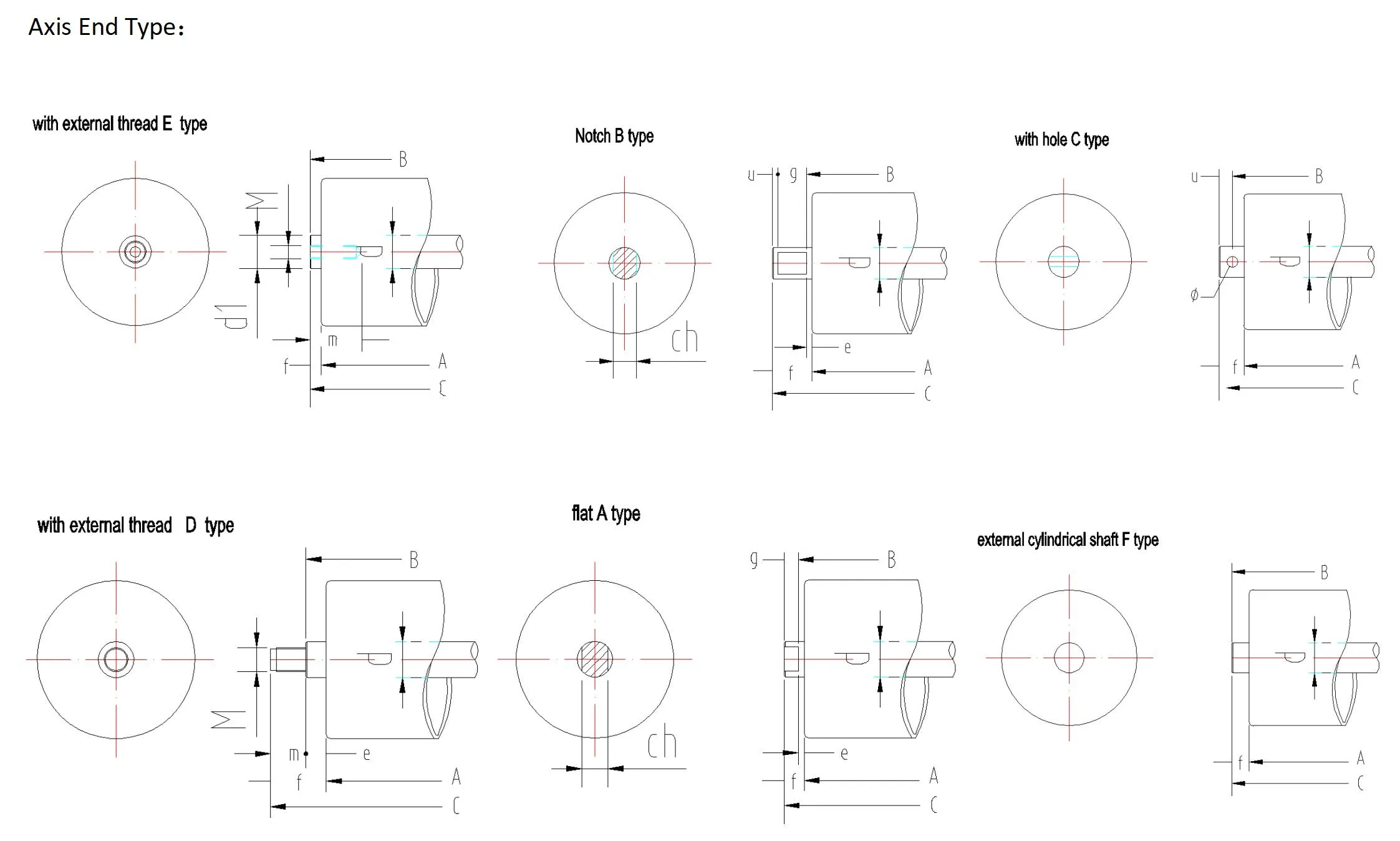 Afrikaans
Afrikaans  Albanian
Albanian  Amharic
Amharic  Arabic
Arabic  Armenian
Armenian  Azerbaijani
Azerbaijani  Basque
Basque  Belarusian
Belarusian  Bengali
Bengali  Bosnian
Bosnian  Bulgarian
Bulgarian  Catalan
Catalan  Cebuano
Cebuano  Corsican
Corsican  Croatian
Croatian  Czech
Czech  Danish
Danish  Dutch
Dutch  English
English  Esperanto
Esperanto  Estonian
Estonian  Finnish
Finnish  French
French  Frisian
Frisian  Galician
Galician  Georgian
Georgian  German
German  Greek
Greek  Gujarati
Gujarati  Haitian Creole
Haitian Creole  hausa
hausa  hawaiian
hawaiian  Hebrew
Hebrew  Hindi
Hindi  Miao
Miao  Hungarian
Hungarian  Icelandic
Icelandic  igbo
igbo  Indonesian
Indonesian  irish
irish  Italian
Italian  Japanese
Japanese  Javanese
Javanese  Kannada
Kannada  kazakh
kazakh  Khmer
Khmer  Rwandese
Rwandese  Korean
Korean  Kurdish
Kurdish  Kyrgyz
Kyrgyz  Lao
Lao  Latin
Latin  Latvian
Latvian  Lithuanian
Lithuanian  Luxembourgish
Luxembourgish  Macedonian
Macedonian  Malgashi
Malgashi  Malay
Malay  Malayalam
Malayalam  Maltese
Maltese  Maori
Maori  Marathi
Marathi  Mongolian
Mongolian  Myanmar
Myanmar  Nepali
Nepali  Norwegian
Norwegian  Norwegian
Norwegian  Occitan
Occitan  Pashto
Pashto  Persian
Persian  Polish
Polish  Portuguese
Portuguese  Punjabi
Punjabi  Romanian
Romanian  Russian
Russian  Samoan
Samoan  Scottish Gaelic
Scottish Gaelic  Serbian
Serbian  Sesotho
Sesotho  Shona
Shona  Sindhi
Sindhi  Sinhala
Sinhala  Slovak
Slovak  Slovenian
Slovenian  Somali
Somali  Spanish
Spanish  Sundanese
Sundanese  Swahili
Swahili  Swedish
Swedish  Tagalog
Tagalog  Tajik
Tajik  Tamil
Tamil  Tatar
Tatar  Telugu
Telugu  Thai
Thai  Turkish
Turkish  Turkmen
Turkmen  Ukrainian
Ukrainian  Urdu
Urdu  Uighur
Uighur  Uzbek
Uzbek  Vietnamese
Vietnamese  Welsh
Welsh  Bantu
Bantu  Yiddish
Yiddish  Yoruba
Yoruba  Zulu
Zulu Main Parts of Belt Conveyor
Main Parts of a Belt Conveyor
Belt conveyors are crucial components in many industries, facilitating the efficient transportation of materials across various stages of production. Understanding the main parts of a belt conveyor is essential for operating and maintaining these systems effectively.
1. Conveyor Belt The most identifiable part of a belt conveyor, the conveyor belt is a continuous loop of material that transports goods. Typically made from rubber, fabric, or metal, the belt’s composition is chosen based on the materials it will carry and the operating environment. Tension and friction must be managed to ensure smooth operation without slipping.
Main Parts of a Belt Conveyor
3. Rollers Rollers are critical in supporting the belt and facilitating its movement. They are located at strategic points along the conveyor, including idler rollers that support the belt’s load and drive rollers that help move it forward. Proper selection and maintenance of rollers are vital to reduce wear and tear on the belt.
main parts of belt conveyor

4. Drive Unit The drive unit powers the conveyor belt, typically consisting of an electric motor and a gearbox. The motor provides the necessary torque, while the gearbox helps to adjust the speed and direction of the belt. The effectiveness of the drive unit directly affects the efficiency and reliability of the entire conveyor system.
5. Tensioning System The tensioning system maintains the belt’s tightness, preventing slippage and ensuring the belt operates efficiently. This system can be mechanical or hydraulic and is essential for compensating for belt stretch over time. Regular monitoring of belt tension is crucial to prevent operational issues.
6. Loading and Discharge Sections These areas are designed for the efficient entry and exit of materials. The loading section ensures materials are fed onto the conveyor without causing damage, while the discharge section facilitates the safe and effective unloading of materials at their destination.
In conclusion, a belt conveyor's functionality relies heavily on its main parts, each playing a significant role in the system's overall performance. Understanding these components is essential for anyone involved in operation, maintenance, or design, ensuring the efficient movement of materials in various industrial applications.
-
Revolutionizing Conveyor Reliability with Advanced Rubber Lagging PulleysNewsJul.22,2025
-
Powering Precision and Durability with Expert Manufacturers of Conveyor ComponentsNewsJul.22,2025
-
Optimizing Conveyor Systems with Advanced Conveyor AccessoriesNewsJul.22,2025
-
Maximize Conveyor Efficiency with Quality Conveyor Idler PulleysNewsJul.22,2025
-
Future-Proof Your Conveyor System with High-Performance Polyurethane RollerNewsJul.22,2025
-
Driving Efficiency Forward with Quality Idlers and RollersNewsJul.22,2025





























